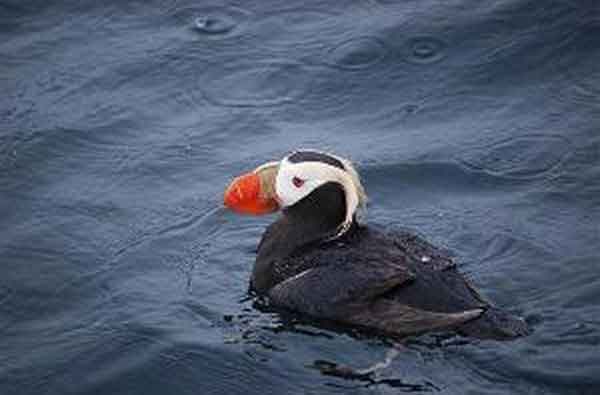
London, UK (BBN)-Nearly 60 percent of seabird species like penguins, gulls and albatrosses have plastic in their gut and by 2050 this may rise to 99 percent, a new study says.
The scientists estimate that 90 per cent of all seabirds alive today have eaten plastic of some kind, reports The Times of India.
This includes bags, bottle caps, and plastic fibres from synthetic clothes, which have washed out into the ocean from urban rivers, sewers and waste deposits.
Birds mistake the brightly colored items for food, or swallow them by accident, and this causes gut impaction, weight loss and sometimes even death.
The research team drawn from the Central Scientific and Industrial Research Organisation (CSIRO) of Australia, and Imperial College London, have published their study today in the journal PNAS.
Based on analysis of published studies since the early 1960s, the researchers found that plastic is increasingly common in seabird's stomachs.
In 1960, plastic was found in the stomach of less than 5 per cent of individual seabirds, rising to 80 per cent by 2010.
"For the first time, we have a global prediction of how wide-reaching plastic impacts may be on marine species - and the results are striking," senior research scientist at CSIRO Oceans and Atmosphere Chris Wilcox said.
"We predict, using historical observations, that 90 per cent of individual seabirds have eaten plastic. This is a huge amount and really points to the ubiquity of plastic pollution."
Dr Denise Hardesty from CSIRO Oceans and Atmosphere said seabirds were excellent indicators of ecosystem health.
"Finding such widespread estimates of plastic in seabirds is borne out by some of the fieldwork we've carried out where I've found nearly 200 pieces of plastic in a single seabird," Dr Hardesty said.
The researchers found plastics will have the greatest impact on wildlife where they gather in the Southern Ocean, in a band around the southern edges of Australia, South Africa and South America.
Dr van Sebille, from the Grantham Institute at Imperial College London, said the plastics had the most devastating impact in the areas where there was the greatest diversity of species.
“We are very concerned about species such as penguins and giant albatrosses, which live in these areas," Erik van Sebille said.
"While the infamous garbage patches in the middle of the oceans have strikingly high densities of plastic, very few animals live here." Dr Hardesty said there was still the opportunity to change the impact plastic had on seabirds.
"Improving waste management can reduce the threat plastic is posing to marine wildlife," she said.
"Even simple measures can make a difference. Efforts to reduce plastics losses into the environment in Europe resulted in measureable changes in plastic in seabird stomachs with less than a decade, which suggests that improvements in basic waste management can reduce plastic in the environment in a really short time."
BBN/SK/AD